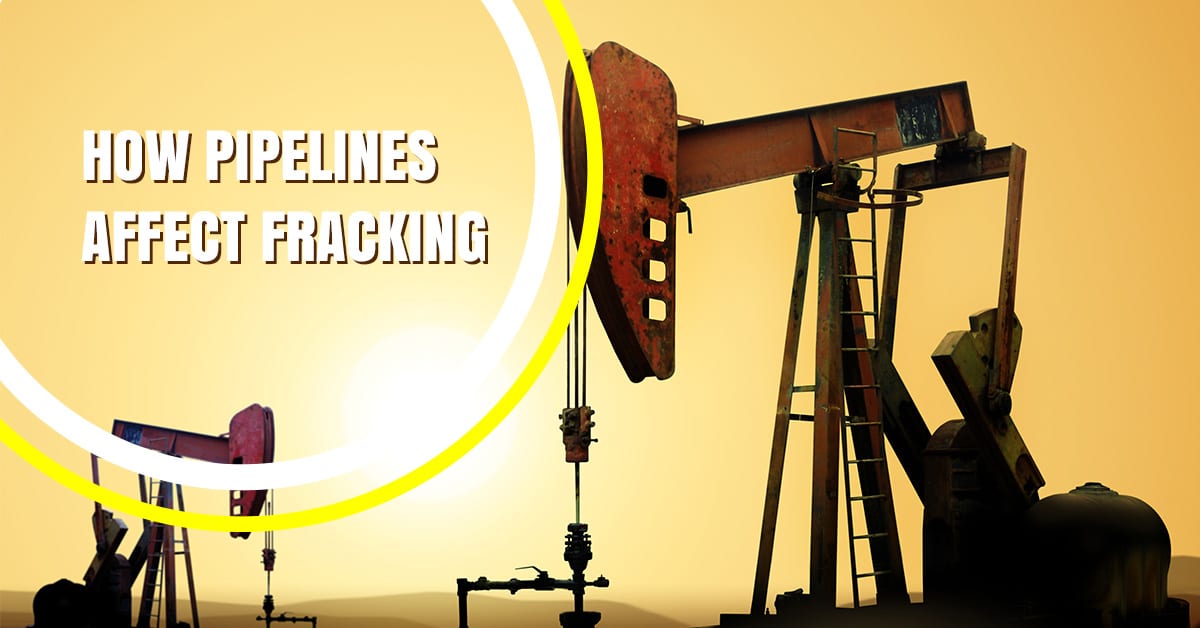On January 24th, President Trump signed an executive order that would help to revive the construction of the Keystone XL pipeline, and possibly even the highly contested Dakota Access pipeline. While this executive order is seen more as posturing, according to The New York Times, and provides a way for the new administration to be seen as taking action towards a newly defined energy policy, there are still a variety of effects that will come from this decision. In his first few weeks as president, Mr. Trump and his administration have made a point of showing that they are going to be different from the prior administration, and the first four executive orders Mr. Trump signed do exactly that.
According to The New York Times, “Mr. Trump signed an executive memorandum directing the Army ‘to review and approve in an expedited manner’ the pipeline, ‘to the extent permitted by law and as warranted.’” So what does this mean for the fracking industry and the energy industry as a whole across the United States?
American-made Energy
The Keystone XL pipeline was put to a stop in 2015 by the Obama administration. The existing pipeline that runs from Alberta, Canada down to Oklahoma and Missouri carries roughly 800,000 barrels of Canadian oil a day. The proposed expansion would carry that oil along a shorter route from Alberta to Kansas and then all the way down to the gulf coast in Texas. Much of Mr. Trump’s campaign focused on providing Americans with American-produced energy, whether from coal, which we commented on previously, or from oil and natural gas. It’s important to remember that 100 percent of the oil passing through the Keystone XL pipeline is imported from Canada, providing benefits to Canada as an export into the United States.
The Fracking Industry is in for a Fight
While there is some benefit to the Trump administration’s executive order for the fracking industry, and his forward statements saying that permits should become easier and quicker to access, the fracking industry is still in for a fight. The mentality that coal and foreign oil can provide the energy needed in the United States is problematic when we have excellent fracking and natural gas resources right here at home. The Keystone XL pipeline’s supply will be in direct competition with American-produced energy products.
So what can the fracking industry do to combat outside energy production and to help keep the benefits here at home? The first thing is to support one another across the industry. Utilizing American services and companies for things, like frac site materials and frac tanks, will help support the local industry. It’s also very important to keep the positives of fracking in the news and across legislative bodies. The fact that natural gas leaves less of a carbon footprint than coal and oil, and also that it supports the United State’s push for energy independence are key points to turn to and emphasize. To keep the fracking industry growing and thriving, it’s important to fight back!


